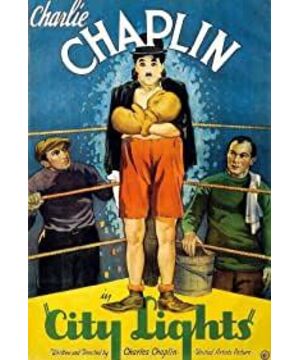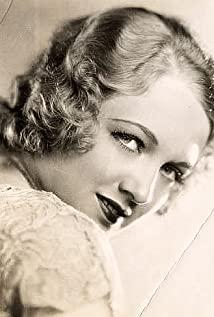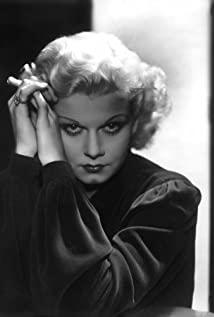"May I see you home again?" "Whenever you wish, sir."
Like his other masterpieces, Chaplin indulges in his charismatic comedy in "City Lights." Different from other works, "City Lights" combines comedy and warmth incisively and vividly. "Gold Rush" depicts the days of starvation and poverty during the Great Depression in the United States, "Modern Times" accuses machines and capital of the persecution of workers, "The Great Dictator" satirizes politics and Hitler, Chaplin's films are not limited to entertaining the public, but also Based on reality in many places, it satirizes capital and politics in the form of comedy.
In "City Lights", under the dual-line narrative, the upper class and the people at the bottom of the society form a sharp contrast. After the alcoholic rich man sobers up, he turns his face and does not recognize anyone, and he cannot recognize the benefactor who saved him. He represents the upper class. Indifference and hypocrisy, against the backdrop, the relationship between the homeless and the blind flower girl is sincere and pure. tramp
Charlot, the tramp played by Chaplin, is a person who wears weird clothes and often wanders the streets. Walking on the streets, he will be teased by children who sell newspapers, and there will be funny stories. The jokes of the film came from him, but the warmth and emotion felt by the audience also came from him. Even in the face of hunger and cold, the homeless did not hesitate to sympathize with the blind flower girl, and tried her best to help her. The homeless man was beaten unconscious in the boxing ring and did not receive a bonus to help the flower girl restore her eyesight. He pretended to be a rich man to rescue the flower girl, and we can see his embarrassment and inferiority. And every time the alcoholic rich man sobers up, he turns his face and doesn't recognize anyone, the homeless is kicked away again and again, and he is even falsely accused of stealing the rich man's money and goes to prison. It all slaps the audience hard in the mud of reality. Laughing and crying, this is the charm of Chaplin's films. flower girl
A flower girl who lives in poverty with her grandmother, and pays her rent by going out to sell flowers every day. Even if she is blind, she will envy the happy life of others, but she still loves life and is optimistic and kind. With the help of a homeless man pretending to be a rich man, the flower girl paid her rent and regained her eyesight. After regaining her eyesight, she met the homeless man who came out of prison again. Although the clothes were tattered and the image was very different from what she imagined the rich man to look like, she could recognize that the homeless man was just by touching the homeless man's hand. own benefactor. At the end of the film, the flower girl does not dislike the sloppy image of the homeless person, and recognizes the homeless person by touching her hand when she hands him the flower. "You?" "You can see now?" "Yes, I can see now." At the end, the last close-up of the eyes leaves all the imagination to the audience. alcoholic millionaire
In the film, a homeless man accidentally rescues a drunk rich man. In order to repay his savior, the drunk rich man took him to the party of the high society, returned to his mansion, and gave him money to help the flower girl. However, once the rich man sobers up, he doesn't know his friends, and drives him out of his home again and again. Even because he forgot to give the homeless money to help the flower girl, after being robbed at home, he defaults that the homeless is stealing. man of. The rich represent the high-ranking bourgeois aristocracy, who are selfish and hypocritical. "City Lights" revolves around three people: the homeless, the flower girl and the rich alcoholic. The poor life of the bottom people is in stark contrast to the days when the upper class is full of money. Indifference formed a contrast, and this stark contrast reflected the decadent and dark reality of American capitalist society at that time. And when the flower girl can finally witness the light of the city, she can still feel the light in a person's heart. I think this is the "city light" that Chaplin wanted to express.
View more about City Lights reviews











